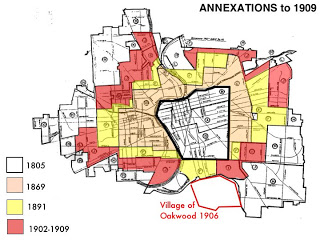
There was a time when the city annexed land as it grew. This made sense.
Previously, we discussed how the Dayton area has sprawled into one giant metropolitan area despite the artificial political boundaries we have erected to distinguish one city from the next. Things are structured this way for historical reasons, which is a nice way of saying that corrupt politicians have found ways to make this system work for them instead of their constituents. The ideal way to reconstruct Dayton would be to change the Ohio Constitution to account for the 21st century. Here at Reconstructing Dayton, we are pushing for such changes, but we also think it’s important to look at existing solutions. The Dayton metropolitan area can be greatly improved using available tools if only our local politicians had the will (and courage) to use them.
Local politicians often oppose merging localities for a variety of selfish reasons. Most are afraid of losing their jobs. For others, it’s because their suburb or township specifically functions as a tax dodge or a gated community. Many people have taken advantage of the township structure to live in “rural suburbs” where they still receive services from the city, such as water and sewers, but they don’t have to contribute anything back to the city. Businesses have gotten in on the township scam, as well. Ever wonder what the big brouhaha about Austin Landing is all about? It’s essentially a tax scam that allows corporations to govern themselves. Like The Greene and The Monroe Outlets, they want everything big cities offer—people, infrastructure, services—but they don’t want to pay for it.
We don’t mean to knock on townships. When a region primarily consists of rural farmland, townships make a lot of sense. Places like Jackson Township and Perry Township are sparsely populated and a minimalist government makes sense for them. Miami Township, on the other hand, is a big horseshoe surrounding Miamisburg. It’s not entirely clear where the city ends and the township begins. Some farmland still exists to the west, which could easily be merged with neighboring German Township. The rest might as well just be Miamisburg. In order to make this urban conglomerate work, Miamisburg and Miami Township have implemented a series of Joint Economic Development Districts that allow for them to selectively tax blue collar workers while giving white collar workers a free ride. The whole thing is a mess. These types of urban townships should not exist. When an area reaches a certain population density, it should automatically be reclassified as a city or forced to merge with an adjoining city.
Meanwhile, there are entire cities that would have a hard time justifying their existence. West Carrollton? West Carrollton is an old city and at one time it made sense for it to exist as an independent political unit. It used to be completely surrounded by farmland and it would take a horse and buggy hours to reach downtown Dayton. Today, the northern boarder bumps into Moraine and the southern into Miamisburg. These are no longer the small little towns where farmers go to sell their grain and buy goods. They’ve all become one city—Dayton—but they have maintained their historic names and governments because the people in power never want to give up that power. No amount of power is too minor to cling on to, even if it is just a city council seat for a city of 13,000. Moraine is even smaller, with only 6,000 folks.
Urban mergers provide a practical solution that can end these little inefficient fiefdoms that cost taxpayers extra, limit available services, and allow companies to run roughshod over our region. We are aware that the end result of this article amounts to little more than a pipe dream, but if we can make any of these individual consolidations happen it would be a major victory for efficiency. Let’s look at some ideal candidates for mergers.
Riverside
Population: 25,133
Land: 9.72 mi2
2019 Income Tax Receipts: $6,249,145
Riverside was created as a scheme for the village of Riverside and Mad River Township to avoid annexation in 1994. At that point, Dayton had already annexed most of Mad River Township as it had increasingly become indistinguishable from Dayton proper. Riverside is a mere political entity with no distinct boarders. Look at the map below. The “city” consists of six unconnected parcels, all of which are landlocked by other urban municipalities.
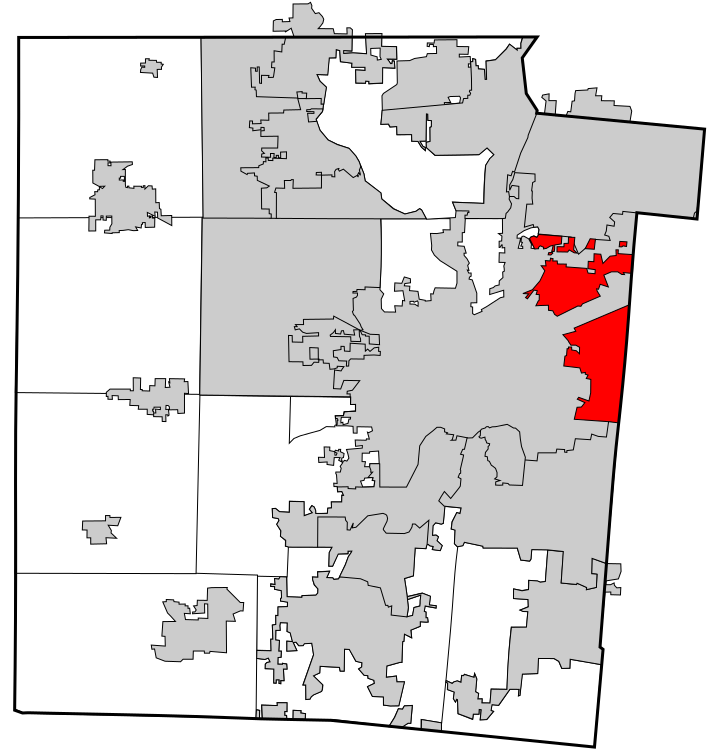
Riverside wants you to believe that this is a single city.
Why would the residents of Riverside find such an awkward arrangement preferable to annexation? It probably has something to do with demographics: According to U.S. census estimates, Riverside is 81.4% white. In the 2000 census, the first after the creation of the city, it was 91.45% white. White flight (and fright) has caused many of the problems we now face in Montgomery County. As the gradual diversification of Riverside has demonstrated, the racist goal of creating a middle-class Oakwood has failed. Face it, no matter what it says on paper, you’re still Dayton.
Citizens of Riverside should demand a Dayton merger. You pay for a police department to patrol all these disconnected jurisdictions, an out of town service to manage tax collections, and all the other administrative trappings of having your own “city.” Stop pretending to be something you’re not.
Harrison Township
Population: 22,397
Land: 9 mi2
2019 Income Tax Receipts: n/a
Harrison Township is much like the former Mad River Township in that the city of Dayton has been annexing pieces of it away since its creation in 1841. Harrison Township initially benefited from having the Dixie Highway pass through (now N. Dixie Dr.), which was later supplanted by I-75. You may notice that Harrison Township has statistics eerily similar to Riverside. Also, like Riverside, Harrison Township consists of several landlocked islands:
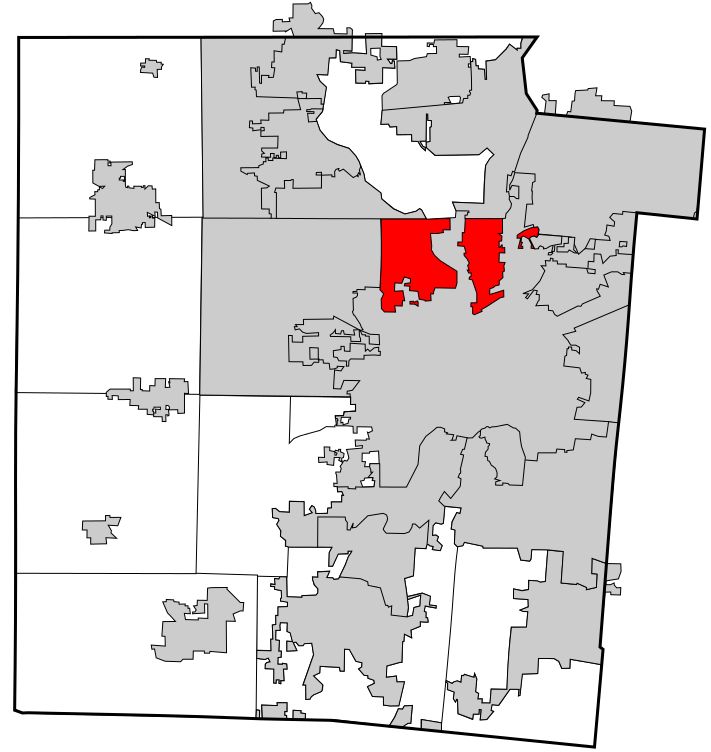
Harrison Township also exists as an imperial state. The middle chunk is where all the restaurants are. The western colony is primarily residential. The little chunk to the east consists of a few farms and houses.
Why is one a township and the other a city? Seems a bit arbitrary. Harrison Township is just as urban as Riverside. While there are still a few farms that dot the landscape, the area between Dixie Dr. and I-75 functions as a giant tax haven for dozens of restaurants. Harrison Township is not a real township. It’s a collection of Dayton businesses that found a way to avoid paying Dayton taxes. If you go into any of those restaurants and ask a patron where they are, they will say, “Dayton.”
The city of Dayton attempted and failed to annex Harrison township in 1988. Citizens of Harrison Township, stop short-changing yourselves so a bunch of restaurants can reap the benefits.
Trotwood
Population: 24,403
Land: 30.49
2019 Income Tax Receipts: $5,288,255
Trotwood has a population very similar to Riverside and Harrison Township, but it is much bigger. This is because Trotwood merged with Madison Township in 1996. Although we’re all for merging governments to increase efficiency, this move didn’t make a lot of sense. The Madison Township part is primarily rural and consists of large tracts of farmland while the Trotwood part is, well, west Dayton.
Like Riverside, Trotwood has little pockets that are completely surrounded by Dayton. This means that for a Trotwood police officer to respond to a call in certain parts of Trotwood, he must drive through parts of Dayton where he has no jurisdiction. Why are some areas Trotwood and some Dayton? Who knows?
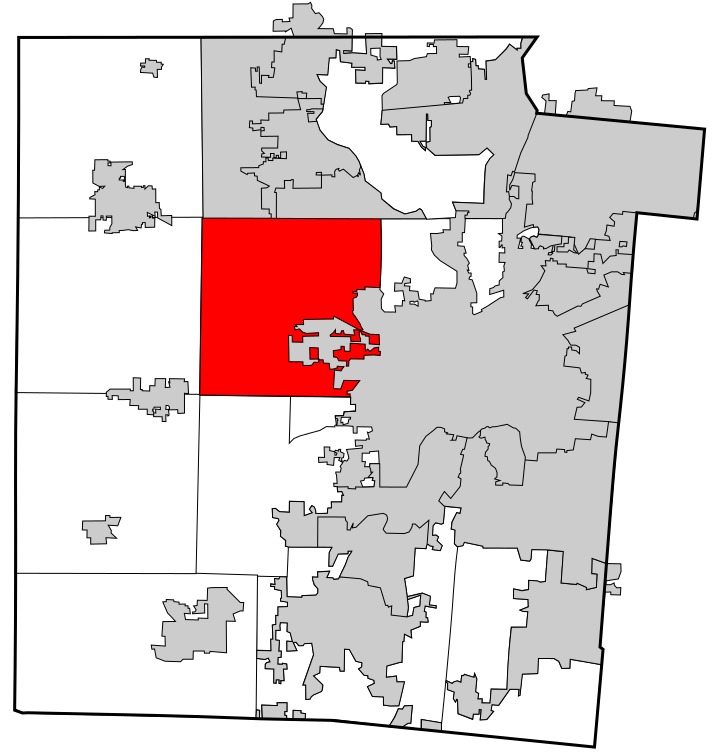
Is it a township? Is it a city? It’s kind of both.
A more perplexing question is, what benefit does this arrangement confer on the citizens of Trotwood? As far as we can see, it only benefits those who hold local government positions that would be rendered redundant if Trotwood were to merge with Dayton. 27% of Trotwood citizens live in poverty. The median household income of $34,948 is one third of Oakwood’s. Trotwood’s governing structure is not one that its citizens can afford.
The western, rural part of Trotwood should merge with Perry Township. The eastern, urban part of Trotwood should merge with Dayton.
Moraine
Population: 6,470
Land: 9.25 mi2
2019 Income Tax Receipts: $21,057,722
If you have an eye for statistics then the numbers above may have caught your eye. Moraine has a quarter of Trotwood’s population but collects four times as much in income taxes. Are people in Moraine loaded? Nope. Its median household income of $50,074 is a respectable notch above Riverside, but still half of Oakwood’s.
What makes Moraine’s numbers so weird is that it’s basically a glorified industrial park. It started that way and its fortunes have waxed and waned with those of its manufacturing tenants. In Ohio, taxes go to the district where you work, not where you live. This means that a city like Moraine, with lots of factories and few citizens, collects tons of money in income taxes and has very few citizens to actually spend that money on. Many of those employees live in surrounding areas such as West Carrollton, Trotwood, Dayton, and the townships.
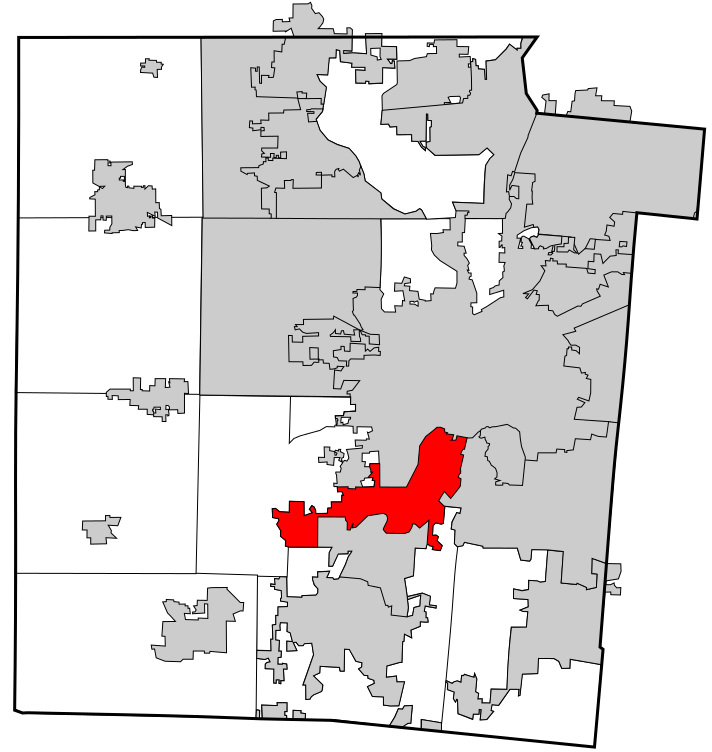
Although Moraine consists of a single contiguous body, notice how it has odd peninsulas sticking out.
Why would Moraine choose to change? It sounds like they’ve lucked into a pretty sweet situation—at the expense of everyone else, of course. The problem for Moraine is that odd statistics do other odd things. Moraine not only has the worst crime rate in Montgomery County, but it also has one of the worst crime rates in the entire U.S. This is what happens when a plant closes, the opioid epidemic hits hard, and you have a low population. Although Moraine does have issues with crime, it appears as a statistical anomaly because on paper the population is so low. That makes selling real estate tough and makes this giant industrial park less appealing to future industry.
By merging with Dayton, Moraine’s absurdly high crime rate would be absorbed into Dayton and instantly normalize. This would make property values go up and actually benefit the citizens of Moraine rather than the treasurer at city hall.
Oakwood
Population: 8,936
Land: 2.2 mi2
2019 Income Tax Receipts: $8,067,687
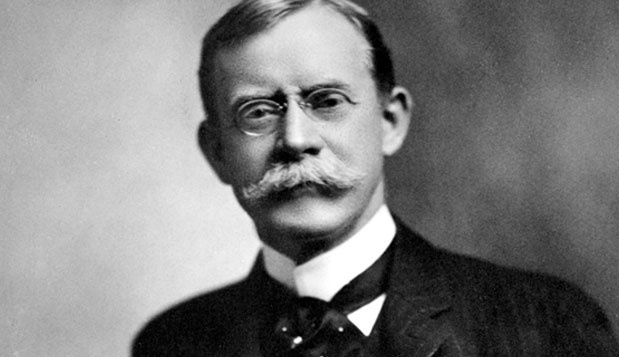
The father of Oakwood just wanted to create a nice slice of paradise in the middle of Dayton. For rich white people, that is.
John Henry Patterson, the “father of Oakwood,” is known around Dayton as being an industrial giant who brought prosperity to the city. He also fired all his black employees at the behest of a single white employee, and NCR maintained a policy of discriminating against blacks and Jews that far outlived the man himself. Oakwood, like NCR, existed as a white haven in Dayton for decades. Oakwood boasts of Orville Wright’s Hawthorne Hill, but what the Oakwood Historical Society doesn’t like to discuss is that Wright chose that location because of Patterson’s policy of excluding Jews (click the link for all the information in this paragraph, and more—it’s an interesting read).
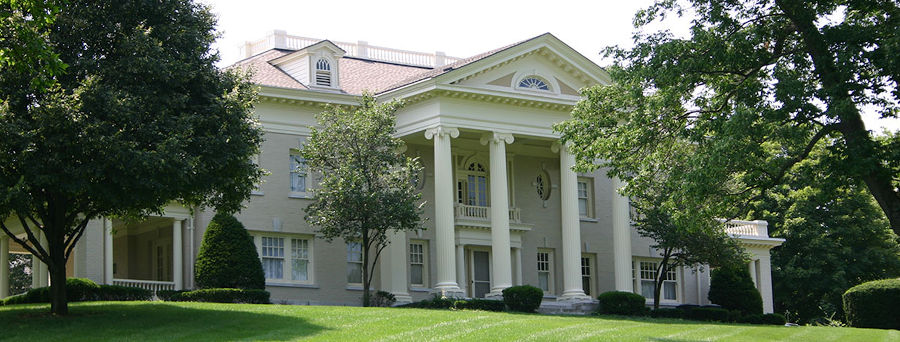
This is the house Orville Wright built so he wouldn’t have to live next to any Jews.
Oakwood is 95.6% white and that is by design. In 2019 Oakwood police were caught pulling over black drivers at absurdly disproportionate rates.
Oakwood is the wealthiest neighborhood in Montgomery County, it has the nicest houses, the best schools, and it provides the best services. Oakwood was created by Patterson so Dayton’s rich and powerful would not have to mingle with the undesirable commoners throughout the rest of the city.
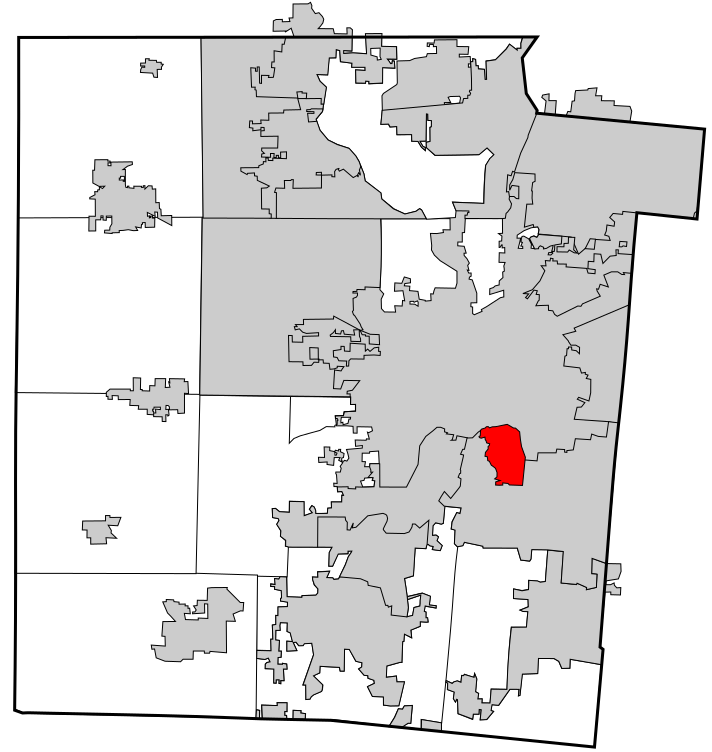
Oakwood officially refers to itself as “landlocked.” We consider it “the ritzy part of Dayton.”
Unlike the other localities on this list, I cannot make a case for why the citizens of Oakwood would be materially better off if they were to merge with Dayton, or even Kettering, it’s neighbor to the South and East. It would just be the right thing to do, and it would demonstrate that you no longer seek to benefit from your city’s overtly racist history.
The End Result
If the city of Dayton were to merge with all of the above localities, how would things look? Let’s do a before and after.
Dayton (before)
Population: 140,407 (189th largest city in the U.S.; 6th in Ohio)
Land: 55.65 mi2 (? largest city in the U.S., 6th in Ohio)
2019 Income Tax Receipts: $107,375,864
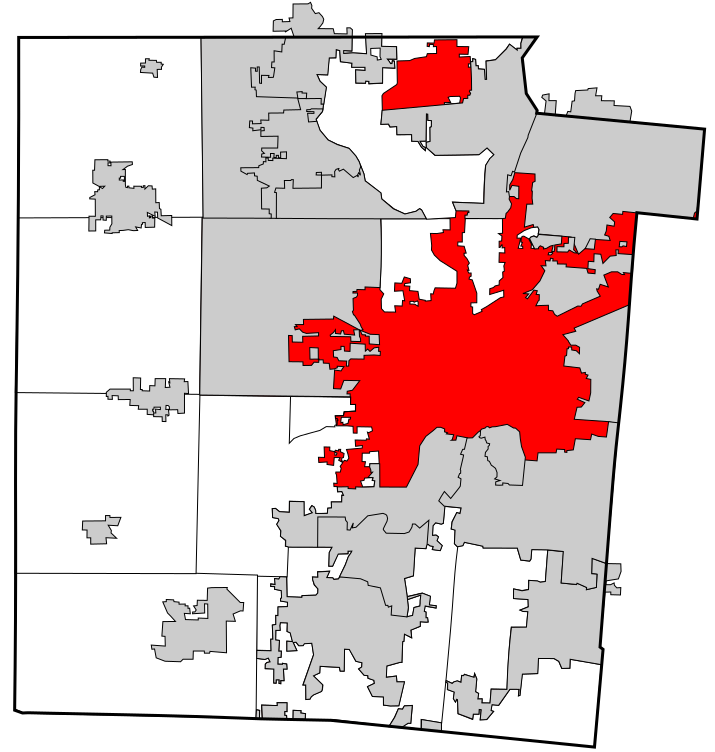
Dayton looks like an octopus. The red splotch up north in Vandalia is the airport.
Dayton, as it stands, is mediocre. Neither its population or area crack the top 150 nationally or the top 5 in Ohio. However, as a “urban area” Dayton ranks #59 nationally and #4 in Ohio, behind only Cleveland, Columbus, and Cincinnati. Let’s look at what could be.
Dayton (after)
Population: 227,746 (99th largest city in the U.S., 5th in Ohio)
Land: 100.82 mi2 (109th largest city in the U.S.; 2nd in Ohio)*
2019 Income Tax Receipts: 148,038,673 (if consolidation were to occur, this number would not be accurate—Harrison Township would start paying, but there would be fewer commuters to double-dip from)
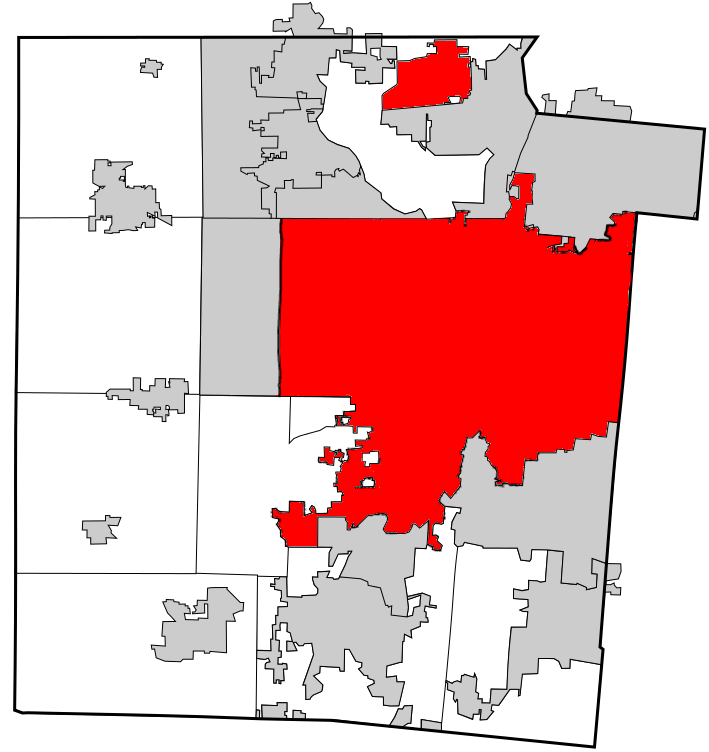
Now this looks like a real city. It also kind of looks like Ohio.
Dayton would instantly become a top-100 city in the U.S. and surpass Akron to crack the top five in the state. This matters for federal and state funding, but the most important thing is that we would no longer have all of these redundant services for what, in reality, is a single city. Only half of Trotwood’s land is counted toward the total above as the proposal included giving the rural area to Perry Township. We could also extend this a bit by merging with the urban parts of Jefferson Township, such as Drexel, and then giving the rural parts to Jackson Township.
You may notice some conspicuous absences. Kettering, the 13th largest city in Ohio and Beavercreek, the 20th. These would be an ideal candidates for mergers because they are continuous urban parts of the Dayton metropolitan area. Unfortunately, unless Dayton improves there’s not much we can offer these cities. Pretty much all the nice urban amenities in the county have been shifting south and east to Kettering, Beavercreek, Centerville, Miamisburg, and the aforementioned tax shelter known as Miami Township. This shift has resulted in Dayton’s degradation into an urban wasteland while an urban sprawl needlessly develops over formerly rural land to the south/east. If this trend continues, eventually the Dayton and Cincinnati metropolitan areas will fully converge in Warren County while Dayton, starved of funds, will rot away into a landscape of brownfields.
What has Nan Whaley and our city commissioners done about this? They fight over how many buildings they can afford to demolish. Pay no attention to corruption charges tied to demolition contracts. Pay no attention to Nan Whaley’s giant campaign war chest happily funded by demolition companies.
By consolidating our weakest parts we can strengthen them all, which is a necessary first step to reconstruct Dayton. We don’t expect the city commission to snap their fingers and make regionalism happen. Arranging the a merger with just one of these localities would require a lot of effort. But our political leaders aren’t interested in building—they’re just interested in tearing Dayton down and then handing taxpayers the bill. When it comes to building a better Dayton, they will do anything in their power to stop it from happening.

I have believed this for 60 years.